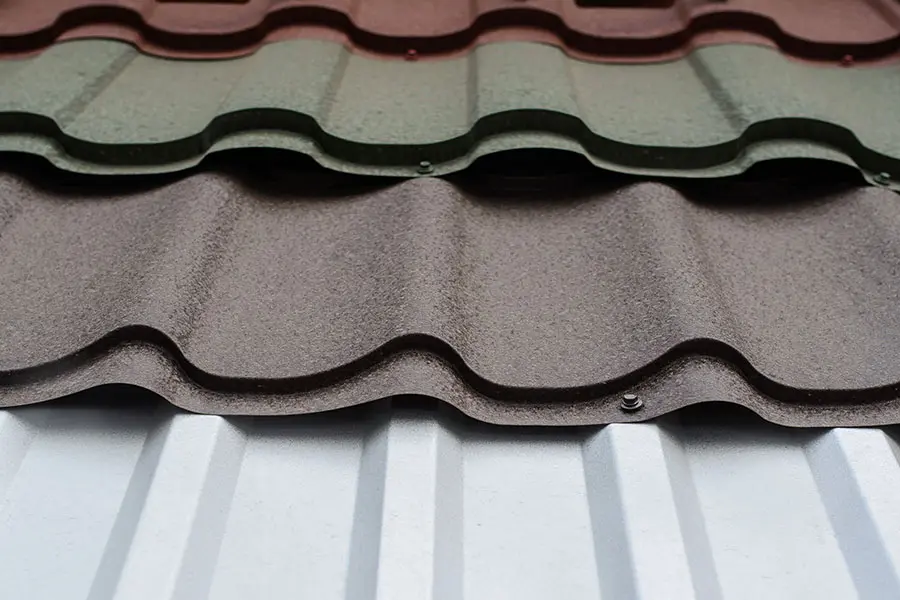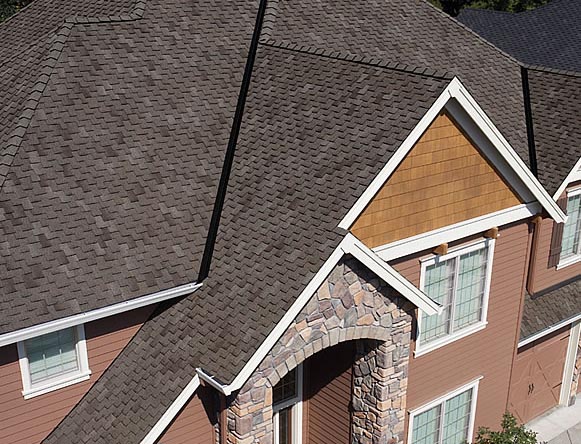A Comprehensive Look at Roofing Companies Gainesville Residents Recommend
Wiki Article
Finest Practices for Ensuring Proper Roof Air Flow
A well balanced intake and exhaust air vent proportion, generally 1:300, plays a pivotal function, with consumption vents ideally placed at the lower edge of the roof for great air entry and exhaust vents at the top for warm air departure. Maintaining insulation away from vents is important to avoid air flow constraint.Understand Air Flow Essentials
Properly recognizing air flow essentials is essential for ensuring the long life and efficiency of roof systems. Efficient ventilation reduces wetness buildup and temperature extremes in the attic, both of which can cause substantial architectural damages gradually. A well-ventilated roofing system assists in stopping common issues such as mold development, wood rot, and ice dams, which can endanger the honesty of the roof covering products and the underlying structures.The main goal of air flow is to facilitate the activity of air, enabling a consistent exchange between the exterior and interior atmospheres. This balance is achieved through a mix of intake and exhaust vents that collaborate to maintain optimum air movement. Intake vents, commonly situated along the soffits or eaves, permit fresh air to enter the attic room room, while exhaust vents, often located at or near the roofing system ridge, allow warm, damp air to leave.
Key factors affecting the efficiency of roofing system air flow include correct positioning, adequate sizing, and ensuring that both consumption and exhaust vents are unobstructed. Routine evaluation and upkeep are vital to recognize prospective blockages, damage, or ineffectiveness in the air flow system, consequently guarding the roofing's performance and durability.
Sorts Of Roof Vents
Roofing vents play an essential role in keeping efficient attic ventilation and, by extension, the general wellness of the roofing system. Numerous types of roofing vents are available, each with one-of-a-kind advantages tailored to certain roofing needs. Ridge vents, for instance, are installed along the roofing's height, permitting warm, humid air to escape from the attic. They use constant air flow and blend perfectly with the roofline, making them both effective and cosmetically pleasing.
Soffit vents are installed under the eaves and job in tandem with roof vents to make sure a well balanced intake and exhaust system. By enabling cooler air to enter from below, soffit vents facilitate the expulsion of hot air via upper vents. Gable vents, located on the outside walls of the attic, offer one more reliable service, particularly in homes with gable roof coverings.
Assess Your Current Air Flow

Next, consider the age and problem of your roof products and air flow parts. Older systems may not follow present building ordinance or may have worn away gradually, decreasing their effectiveness. Conduct a comprehensive exam to determine any kind of indicators of deterioration, such as rust, damage, or spaces that might compromise the system's efficiency.
Furthermore, determine the attic temperature level and humidity levels. Heats and humidity can suggest inadequate air flow - gainesville fl roofing companies. Utilize a hygrometer and thermostat to acquire precise analyses, comparing them with outside conditions. Relentless inconsistencies recommend possible problems that require dealing with.
Setup Best Practices
Efficient installment of roofing air flow systems is paramount for making sure optimal efficiency and longevity. Appropriate installment begins with recognizing the details air flow requirements of the building and the roofing system it covers. This entails calculating the appropriate proportion of intake to tire vents, commonly sticking to the 1:300 policy, which stipulates one square foot of ventilation for every 300 square feet of attic room floor space.
Intake vents need to be installed at the roofing's reduced edge, typically in the soffits, to permit awesome air to go into. Exhaust vents, on the various other hand, should be set up near or at the roof covering's peak to help with the departure of cozy, moist air.
Seal all vent links diligently to avoid air leakages and possible water seepage. Use premium products and adhere to producer guidelines to make sure toughness and efficiency. Furthermore, incorporating ridge vents with baffles can significantly boost air movement efficiency by avoiding wind-driven rain and snow from getting in the attic room.
Ultimately, precise setup of roofing ventilation systems mitigates potential problems such as mold and mildew development, ice dams, and architectural damage, ensuring the roof's integrity and the structure's general health and wellness.
Routine Upkeep Tips
Uniformity Clicking Here in maintenance practices is essential to ensuring the long-term efficiency of roof covering ventilation systems. Normal assessments are critical, ideally executed biannually-- in the springtime and autumn. During these examinations, ensure that vents are free of particles, nests, and various other blockages that could restrain air movement. Look for any kind of indications of wetness accumulation or mold and mildew, as these can show inappropriate ventilation or leakages (roofing companies).
Cleaning the vents is an additional vital task. Utilize a soft brush or a vacuum cleaner to eliminate dirt and particles from consumption and exhaust vents. Beware not to harm the vent screens or louvers during the procedure. Additionally, check the attic room room for any type of indicators of water damage, which might endanger the integrity of the roof system.
Proper insulation is similarly vital. Ensure that attic insulation does not obstruct the vents, as this can seriously restrict air movement. Rearrange or change it to maintain an efficient obstacle. if any kind of insulation has changed or settled.
Finally, replace any harmed or missing out on components quickly. Busted vents, split tiles, or tatty flashing can all add to poor air flow and needs to be resolved immediately. Routine upkeep makes sure that the roof ventilation system functions optimally, thereby extending the more information life-span of the roof covering itself.
Conclusion
Guaranteeing correct roofing ventilation is vital for maintaining the effectiveness and longevity of a roof covering system. Adherence to the 1:300 intake and exhaust air vent proportion, coupled with the tactical positioning of vents, is essential.A balanced consumption and exhaust air vent proportion, typically 1:300, plays a crucial role, with intake vents preferably placed at the lower side of the roofing system for amazing air access and exhaust vents at the peak for warm air leave. Intake vents, typically located along the soffits or eaves, enable fresh air to go into the attic room room, while exhaust vents, often positioned at or near the roof covering ridge, enable hot, humid air to leave.
Soffit vents are set up under the eaves and job in tandem with roofing vents to guarantee a balanced consumption and exhaust system. By enabling cooler air to go into from below, soffit vents help with the expulsion of hot air through top vents. Adherence to the 1:300 intake and exhaust air vent ratio, combined with the tactical positioning of vents, visit this website is essential.
Report this wiki page